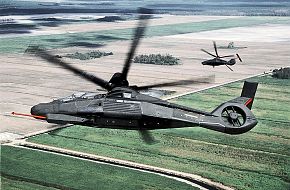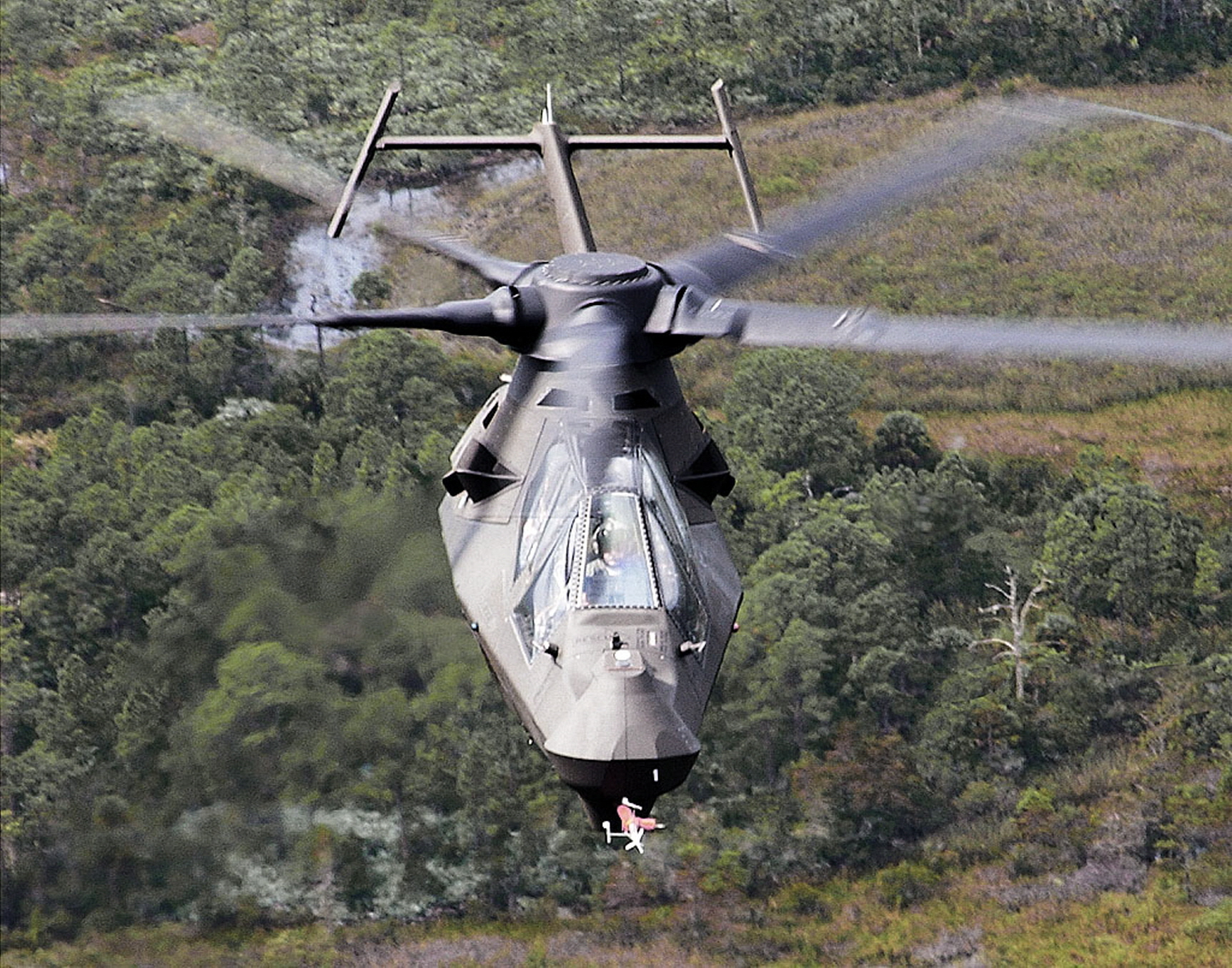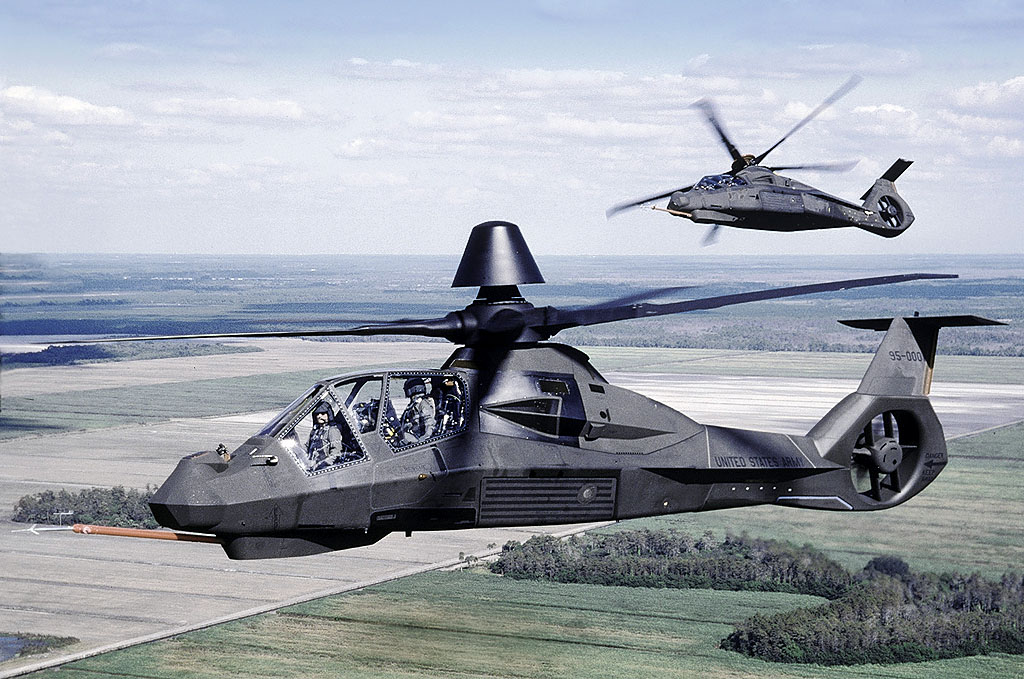

Also that month, the helicopter was designated " RAH-66 Comanche" by the Army. In April 1991, the Boeing-Sikorsky team was selected as the contest winner and received a contract to build four prototypes. The program's name was changed to Light Helicopter (LH) in 1990. The Boeing-Sikorsky design carried ordnance within upward swinging gull-wing doors in the sides of the fuselage and featured a fenestron tail rotor. The Bell-McDonnell Douglas design featured ordnance carriage within a combined wing/ sponson and instead of a tail rotor used a NOTAR ducted exhaust system. In October 1988, the Boeing-Sikorsky and Bell-McDonnell Douglas teams received contracts for their designs. A Request for proposals for the new helicopter type was released in June 1988. Įarly concepts included both utility and scout/attack versions, but by 1988, the utility concept was dropped. A single-crew version was an early requirement, but depended upon successful development of a risky electronic package. The Army solidified requirements too early without sufficient risk management. In August 1986, the Defense Science Board review revealed that the Army suffered from stovepiping in a program development sense, and could not think outside the box.

Army started the Light Helicopter Experimental (LHX) program to replace the UH-1, AH-1, OH-6, and OH-58 helicopters.

The specific material deficiencies were to be resolved through the LHX program. In February 1981, contracts were awarded to Sikorsky (for the Sikorsky S-75) and Bell Helicopter (for the Bell D-292).Īn Army Aviation Mission Area Analysis, completed in 1982, identified deficiencies in current materiel and doctrine that needed to be addressed to meet the requirements of the new Airland Battle Doctrine. Since the cancellation, both of the prototypes have been placed on public display.In support of the LHX program, the United States Army started the Advanced Composite Airframe Program (ACAP) to develop an all-composite helicopter fuselage. Army announced that the termination of the Comanche program, stating that they had determined that the RAH-66 required numerous upgrades to be viable on the battlefield and that, instead, the Army would direct the bulk of its rotary funding towards renovating its existing attack, utility, and reconnaissance helicopters, as well as to accelerate the development of unmanned aerial vehicles (UAVs), which could also perform the scouting role intended for the Comanche with less risk. Multiple government agencies had acted to cut the number of Comanches on order, but, as a consequence of the heavy reductions to the numbers to be procured, the unit costs soared. As early as the late 1990s, the Government Accountability Office (GAO) had reported that it had "serious doubts" about the program, observing that the Comanche would "consume almost two thirds of the whole Aviation budget by Fiscal Year 2008".
#Rah 66 comanche full#
At the time, the projected total cost for the full production of the Comanche in such numbers stood at $26.9 billion. However, during 2002, the Comanche program underwent heavy restructuring the number of Comanches that were to be purchased was cut to 650. On 1 June 2000, it was announced that the program had entered its $3.1 billion engineering and manufacturing development (EMD) phase. It was also armed with one rotary cannonand could carry missiles and rockets in internal bays and optionally on stub wings for light attack duties.Ī pair of RAH-66 prototypes were constructed and underwent flight testing between 19. Operationally, it was to employ advanced sensors in its reconnaissance role, where it was intended to designate targets for the AH-64 Apache. The Comanche was to incorporate several advanced elements, such as stealth technologies, and a number of previously untried design features. Nearly a decade later, following the refinement of requirements, evaluation of submissions, and the rebranding of the programme as the Light Helicopter (LX) program, during April 1991, the Army announced the selection of the Boeing– Sikorsky team's design as the contest winner, shortly after which a contract for construction of prototypes was awarded. Army started to formulate requirements for the replacement of its helicopters then in service, which resulted in the launch of the Light Helicopter Experimental (LHX) program. Following decades of development, during 2004, the RAH-66 program was canceled prior to mass production commencing, by which point nearly US$7 billion had been already spent on the program.ĭuring the early 1980s, the U.S. The Boeing–Sikorsky RAH-66 Comanche was a stealth armed reconnaissance and attack helicopter designed for the United States Army.


 0 kommentar(er)
0 kommentar(er)
